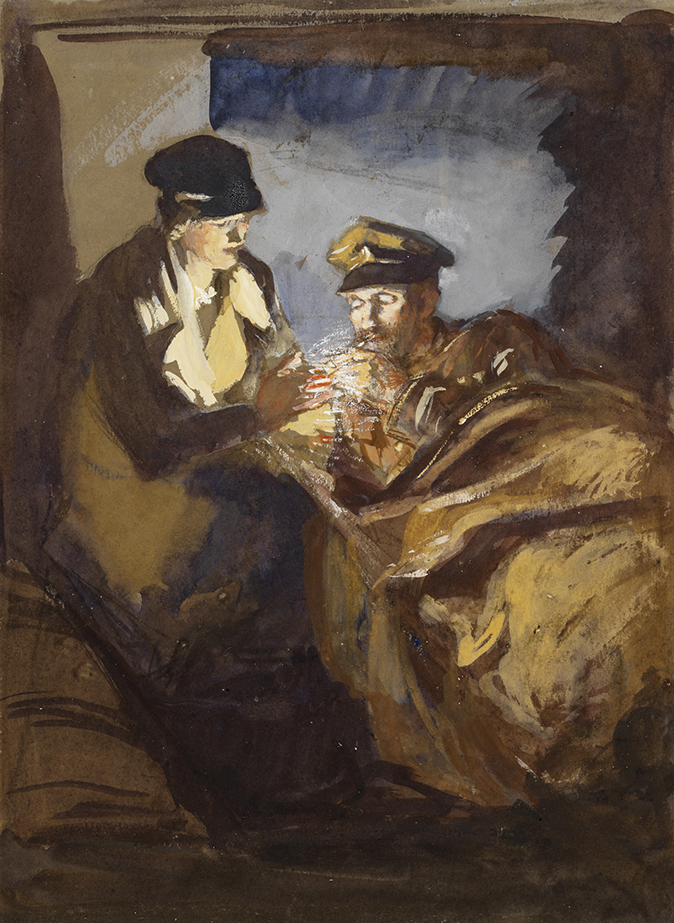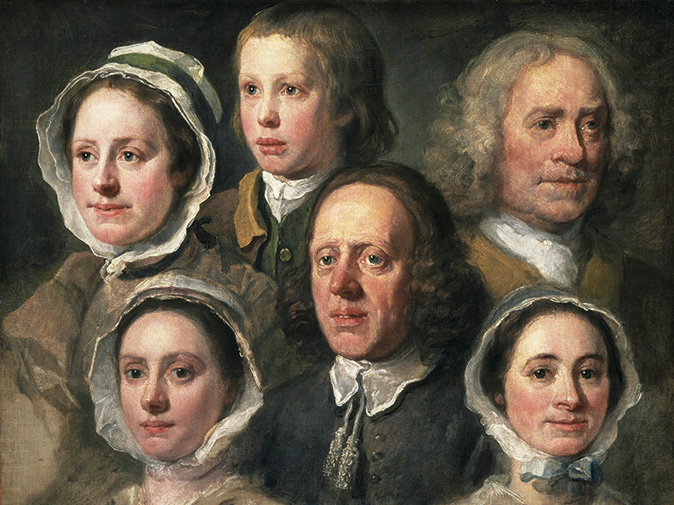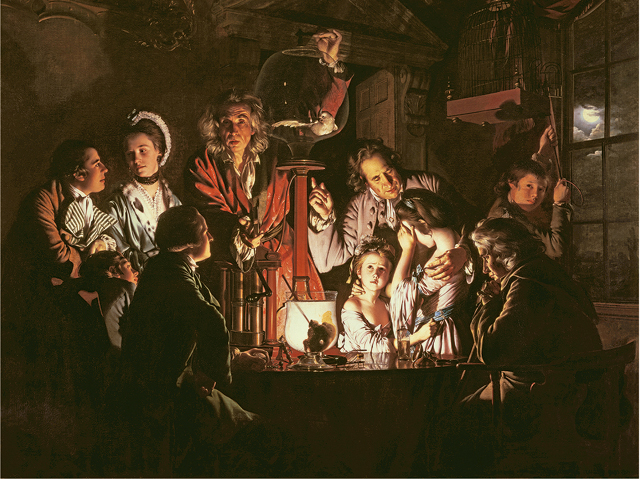My Favourite Painting: Phillipa Lepley
Designer Phillipa Lepley chooses a classic Degas image in which you can feel the energy and 'almost hear the pitter-patter of points.'


Phillipa Lepley on The Rehearsal by Edgar Degas
‘I love the way Degas perfectly captures the fleeting moment so beautifully, with the grace and elegance of each movement. It is that same movement in dance that has inspired me; you can see a nod to ballet in many of my designs.
‘The close-cropped composition leaves me intrigued. It suggests more is happening outside the frame, in the busy room. The dancers are unaware of the viewer and you can feel their nervous energy. Equally, you can hear the muffled chatter and fine pitter-patter of points.
‘It fascinates me how Degas captures the fabric of the tulle tutus in such a life-like way using oils. The blurred-edge sfumato effect emphasises the sense of realism. Oh, and the contrast of the sashes and the black neckline ties. I could look at his works for hours and hours.’
Phillipa Lepley is a couture wedding-dress designer.
John McEwen comments on The Rehearsal
Degas lived in Paris all his life, a thorough urbanite attracted to the city’s people and pleasures. Then came the 1870–71 Franco-Prussian War and the horror of its civil-war aftermath, with 20,000 French men and women being killed on the Paris streets in one week. Degas avoided the war by staying with a friend in the countryside, but there he met an even more frightening foe: a blind spot entered his sight, terrifying him for the rest of his life. He shunned strong sunlight ever after.
Two peaceful indoor subjects became an obsession, as a contemporary, writer Edmond de Goncourt, noted in his journal: ‘After a great many essays and experiments and trial shoots in all directions, he has fallen in love with modern life, and out of all the subjects of modern life he has chosen washerwomen and ballet dancers… It is a world of pink and white, of female flesh in lawn and gauze, the most delightful of pretexts for using pale, soft tints.’
The Opera survived the civil war and, in the summer of 1872, Degas gained access to its practice rooms, where he watched the choreographer Louis François Mérante putting his dancers through their paces.
Sidney Collin, the first English critic to write about Degas, waxed lyrical about the ballet-class pictures: ‘It is impossible to exaggerate the subtlety of exact perception… all the movements of the girls in rest and strained exercise, expressed with the most perfect precision of drawing and delicacy of colour [without] a shade of that sentiment which is ordinarily implied by a picture having the ballet for its subject.’

My favourite painting: Peter May
'Vividly coloured sailing boats in a harbour, which I gazed at for hours'

My favourite painting: Sue Laing
'This picture both reminds me of her and throws into sharp relief the extraordinary advances made in military medicine and
Exquisite houses, the beauty of Nature, and how to get the most from your life, straight to your inbox.

My favourite painting: Jenny Uglow
'This is a tribute to the dignity and inner lives of “ordinary” people, profound and tender at once.'

My favourite painting: Nicola Shulman
Nicola Shulman chooses her favourite painting for Country Life.
Country Life is unlike any other magazine: the only glossy weekly on the newsstand and the only magazine that has been guest-edited by His Majesty The King not once, but twice. It is a celebration of modern rural life and all its diverse joys and pleasures — that was first published in Queen Victoria's Diamond Jubilee year. Our eclectic mixture of witty and informative content — from the most up-to-date property news and commentary and a coveted glimpse inside some of the UK's best houses and gardens, to gardening, the arts and interior design, written by experts in their field — still cannot be found in print or online, anywhere else.
